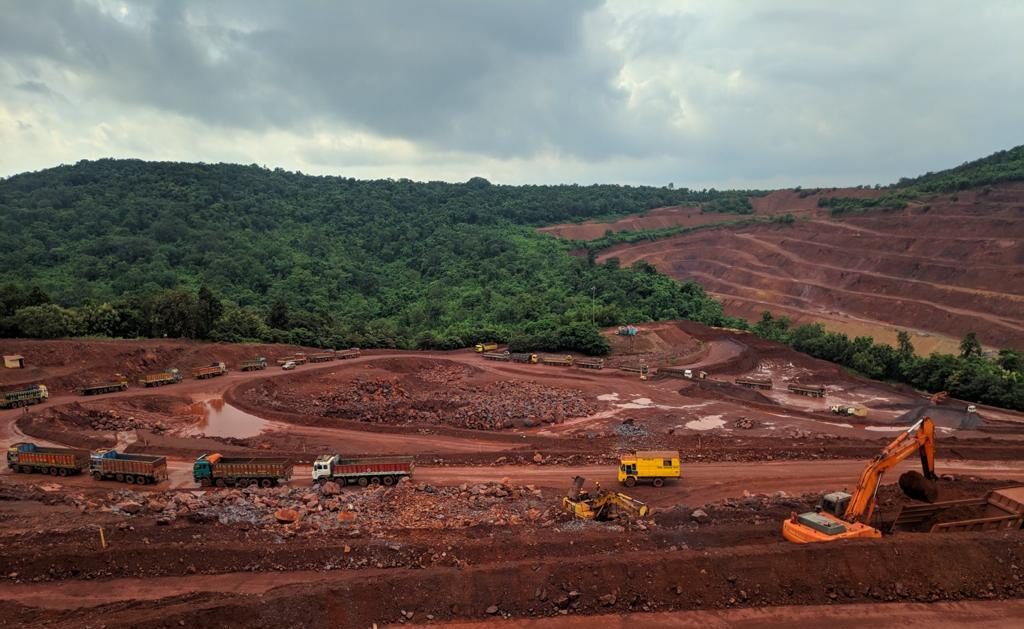Introduction
The global energy landscape is undergoing a transformative shift towards sustainability and reduced carbon emissions. This transition, often referred to as the global energy transition, is driven by the urgent need to combat climate change and reduce our dependence on fossil fuels. While this shift has far-reaching implications for various industries, one sector that is significantly influenced by the global energy transition is the iron ore industry. In this article, we will explore the impact of the global energy transition on iron ore demand and how this vital commodity is adapting to changing times.
The Rise of Renewable Energy
Renewable energy sources, such as wind, solar, and hydroelectric power, have gained substantial traction in recent years. Governments, businesses, and individuals are increasingly investing in clean energy technologies to reduce greenhouse gas emissions. As a result, the demand for the metals and minerals required for renewable energy infrastructure, including iron ore, has surged.
Iron ore is a key component in the production of steel, which is essential for wind turbine towers, solar panel supports, and various infrastructure projects associated with renewable energy. The growth of the renewable energy sector has consequently boosted the demand for iron ore, as steel remains a fundamental material for construction and manufacturing.
Electric Vehicles (EVs) and Infrastructure
The shift towards electric vehicles (EVs) is another significant aspect of the global energy transition. EVs require substantial amounts of steel for their production, as well as for the development of charging infrastructure and associated transportation needs. With governments worldwide setting ambitious targets for EV adoption, the demand for steel and, consequently, iron ore is on the rise.
Green Building Initiatives
Green building practices are gaining momentum as the construction industry seeks to reduce its carbon footprint. Sustainable building materials, including steel, are being used to create eco-friendly structures. Steel’s durability, recyclability, and strength make it a popular choice for green building projects. As green building initiatives become more common, the demand for iron ore in the construction sector is likely to increase further.
Recycling and Circular Economy
To reduce resource consumption and environmental impact, the global energy transition also encourages a shift towards recycling and a circular economy. Steel, a highly recyclable material, plays a pivotal role in this transition. Recycling steel reduces the need for virgin iron ore, conserving resources and reducing emissions associated with mining and processing. As recycling efforts expand, iron ore demand may stabilize or decrease, but this depends on the overall consumption patterns and recycling rates.
Carbon Neutrality and Decarbonization
In response to the energy transition, many steel producers are committing to carbon neutrality and decarbonization efforts. This involves adopting cleaner technologies, such as hydrogen-based steelmaking, which can reduce the carbon emissions associated with traditional blast furnaces. While these initiatives may initially require increased iron ore consumption to transition to cleaner processes, the long-term goal is to reduce the carbon footprint of steel production.
Conclusion
The global energy transition is reshaping the iron ore industry in multiple ways. As renewable energy, electric vehicles, green building initiatives, recycling, and decarbonization efforts gain prominence, the demand for iron ore is evolving. In the short term, increased demand is driven by the need for steel in renewable energy infrastructure and EV production. However, the industry’s long-term trajectory may see changes as recycling and cleaner steelmaking technologies become more prevalent.
To thrive in this changing landscape, stakeholders in the iron ore industry must remain agile and adaptable. Investing in sustainable practices, exploring new technologies, and collaborating with other sectors involved in the global energy transition will be crucial for the iron ore industry to remain a vital component of a greener and more sustainable future.
Signing Off.
You will also love reading:
Comparing Central and State Government Powers in Mining
Iron Ore Demand Forecast: A Look into the Future
External links:

